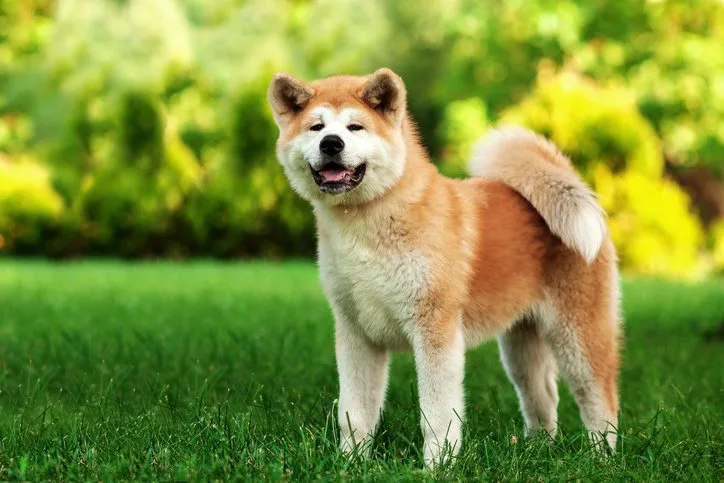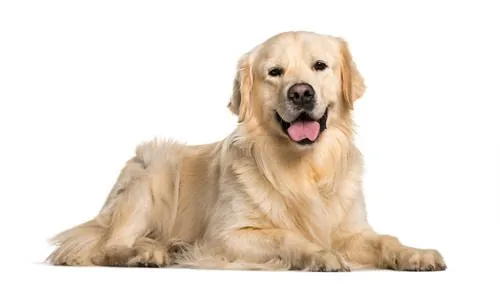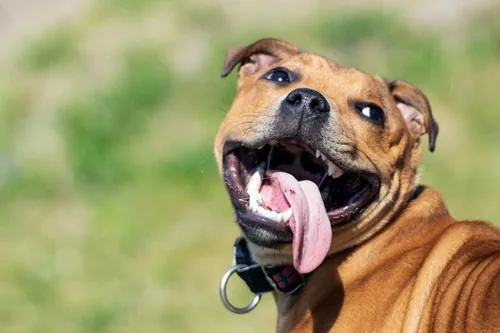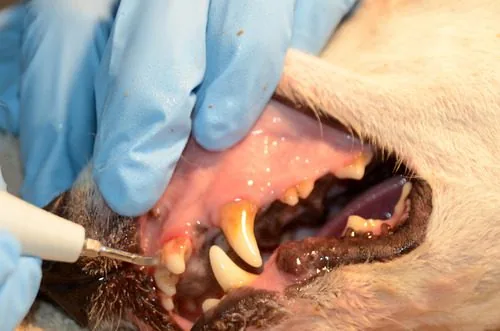Which Dog Breeds Have Curly Tails?
Some dogs have long straight tails, some have very short tails, and some have curly tails. Each breed is unique in shape and size, and some have curlier tails than others.
Curly tails can be just barely curved, c shaped, or corkscrew shaped. Curly tails in dogs are caused by genetics, for the most part. Specific breeds inherit the gene for a curly tail from both parents. In this case, it would be almost impossible for a dog of that breed to be born with a straight tail.
Other dogs have developed the gene for a curly tail over time, due to environment, climate, or purpose of the tail. Siberian Huskies, for example, have a long tail that is not naturally curly. However, as a result of needing to curl the tail around the body in order to keep the face and nose warm, husky tails developed a curve. Now, most Siberian Huskies will have a sickle shaped tail that hangs in warm weather but curls when they are sleeping or in cold weather.
Some dogs, like pugs, have very curly tails. This is a result of selective mating by breeders to produce puppies with double curl or spiral tails. This tightly wound tail has become the breed standard, and pugs with looser curls in their tails are considered substandard.
What Causes Curly Tails?
The tail of your canine pal is an extension of his spinal column, an additional series of vertebrae that extend past the hip ones. Normal spinal vertebrae are somewhat rounded and thick, like biscuits. In curly tail dogs, these spinal vertebrae are misshapen. They are flatter on one side than the other, making them fit together like slices of a cake. As these wedge shaped vertebrae stack on top of one another, a curl is produced.
In some breeds, there is just a slight irregularity in the shape of the lumbar vertebrae, giving the dog a slightly curved tail. In other breeds, the vertebrae are distinctly v shaped and cause a much more curved tail section.

Is a Curly Tail Harmful to a Dog?
If the dog has inherited the tail curl genetically, meaning one or both parents have a curly tail, then it is standard for that breed. In this case, the absence of a curly tail would be cause for concern. For example, a Pomeranian born with a straight, downward hanging tail would likely be suffering from some type of spinal trauma.
Likewise, in normally straight tailed dogs, like labs, a truly curled tail would be a birth defect and could signal spine or hip problems in that dog. If your normally straight tailed dog suddenly wakes up with a curled tail that won’t relax, consult your vet.
Other Causes for Tail Curling
In some cases, a curl in the tail can occur because the dog is trying to tell you something. In border collies, the tail normally hangs behind the dog in a slight arc. If the dog suddenly begins barking and curls the tail up over his back, he is sensing danger.
In small breeds like spitz or chihuahua, a curly tail can be used to help provide balance or stability when moving through tricky places or along the back of furniture or on window ledges.
Another common reason a dog might curl his tail is overstimulation or excitement. This can happen during a playdate at the dog park, or when a female in heat meets an unneutered male.
Which Breeds are Known for Curly Tails?
Large Breeds
Alaskan Husky- These long-haired beauties have a graceful tail they curl around their body when they sleep.
Akita- These Japanese bred curly tail dogs are loyal to one master. They have extremely thick fur and an amazing-curled tail.
Chow Chow- The black tongued Chinese chow chow was bred for protection and guarding livestock and people. This curly haired dog is easily alerted to perceived danger and sometimes displays unwanted aggression.
Samoyed, or Siberian sled dogs- These beautiful long haired white dogs have adapted to use their long curving tail to help keep them warm in the harsh cold.
Shiba Inu- This Japanese breed is extremely smart and easy to train. They use their curled tails for balance.
Alaskan Malamute- This arctic breed has a strong, heavy bone structure covered with layers of dense, warm fur. These dogs were bred to pull heavy sleds through the harshest conditions. Their curly tail is used for balance and agility, and helps keep them warm when they are inactive.
Tibetan Mastiff- These huge dogs make loyal protectors and great pets, despite their massive size. These giant fur balls carry their curved tail on their back.

Medium Breeds
Keeshond- The keeshond is a ball of fluff with two eyes and a nose. Their fine, wispy fur is several layers thick, making them look much larger than they are. Their curl lays over their back gracefully. Keeshonds make loyal pets and are friendly, once they get to know you.
Eskimo Spitz- Also called the American Eskimo dog, the spitz is a smaller version of the Samoyed. This pure white dog is happy, playful, and makes a wonderful pet. They have long coats with curling tails, and they shed a lot.
Lapphund- The lapphund is a multicolored spitz type dog with long, thick fur and a happy smile. These were bred in Norway to help herd reindeer. They have a long curving tail carried over their back to help with balance and agility.
Small Breeds
Many members of the terrier family have curled tails they carry on their backs. Maltese, Shih Tzu, and Yorkshire Terriers all exhibit the long silky hair and curly tail pet owners desire.
Schipperke and Pomeranian are small members of the spitz family, and like their larger relatives they have multiple layers of fur and long, curved tails carried high on their backs. Bred to catch mice and rats, these tiny bundles of energy make great pets.
The Brussels Griffon, with his long mustache and beard is a sturdy little dog with a slightly curved tail that tends to stick out behind him or stand straight up.
Of course, there are many other breeds of curly tailed dogs. This is just a short list of some of the favorites that people own as pets.
If you have any questions about your dog’s health, call us today at (630) 759-0093. Here at Boughton Square Animal Clinic, we are ready to help you and your pet with whatever you may need!
Recent Posts
Do Dogs Sweat?
Do Dogs Sweat? Many pet owners have pondered the age-old question: Do dogs sweat? Understanding how dogs…
Why Does My Dog Keep Panting?
Why Does My Dog Keep Panting? Dog panting is a common behavior that owners often overlook as…
Dog Heatstroke: Signs, Causes and Treatment Options
Dog Heatstroke: Signs, Causes and Treatment Options When the sun is shining bright and the temperatures soar,…
Why Regular Dog Teeth Cleaning is Important for Overall Health
Why Regular Dog Teeth Cleaning is Important for Overall Health Maintaining your dog’s oral health is crucial…
How Professional Dog Training Can Transform Your Canine Companion
How Professional Dog Training Can Transform Your Canine Companion Dog training is more than just teaching your…
About Boughton Square Animal Clinic
Since 1979, Boughton Square Animal Clinic has served Bolingbrook, IL and surrounding communities as both a veterinary care provider and a devoted partner in treating your animal family members for life.






